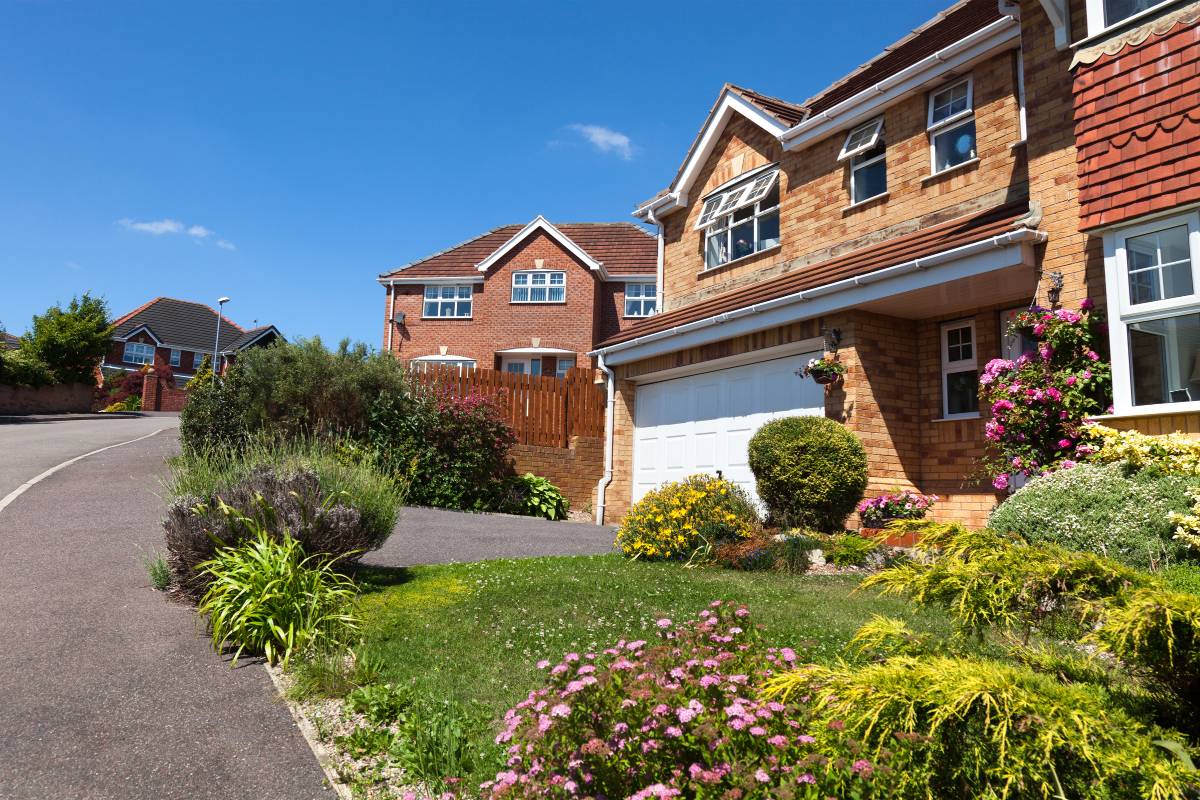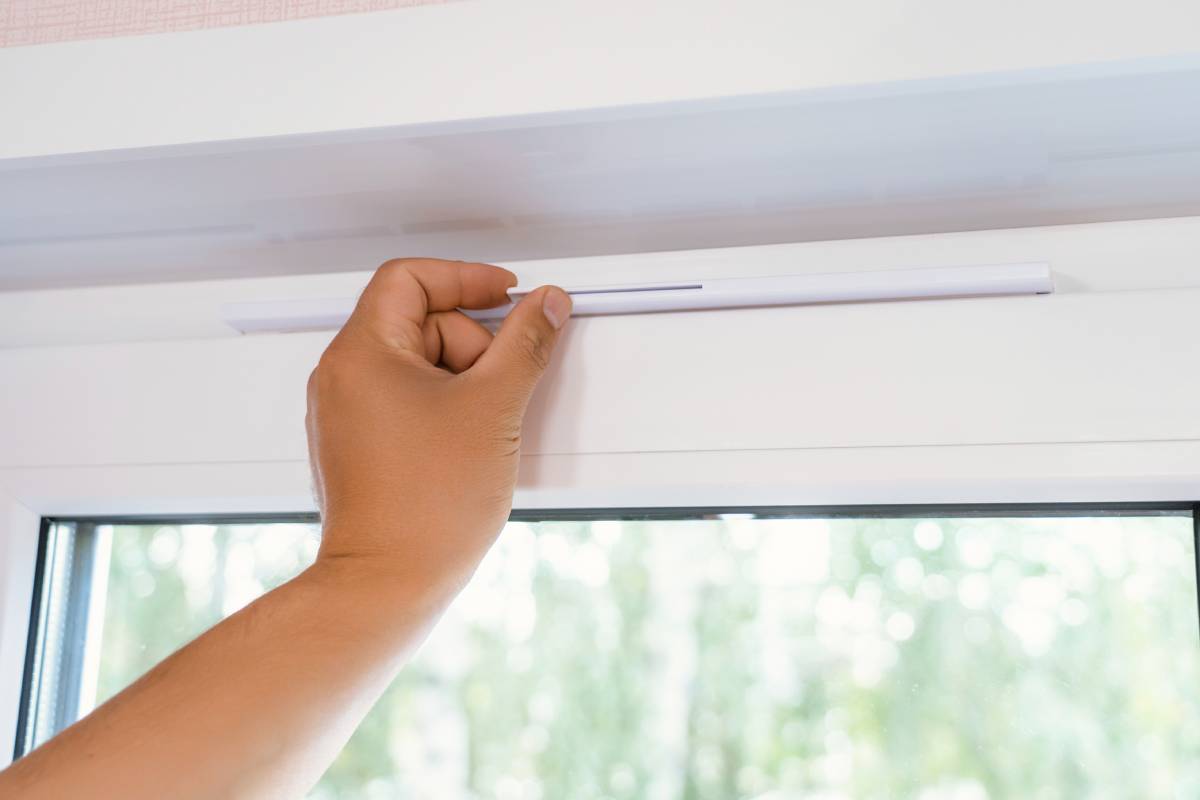Are you aiming to lower your energy bills? Does your home feel too chilly in…
How to Tell the Difference Between an Orangery and a Conservatory

You probably know what a conservatory is, but what about an orangery?
Often when you visit a stately home you will see signs directing you to an impressive orangery filled with tropical plants. Is it just a posh conservatory?
Homeowners often choose a conservatory when they want more space. Is an orangery just a fancy word for a conservatory or are there differences?
In this article we will explain the difference between a conservatory and an orangery in more detail.
The History of the orangery
Orangeries were originally created over 400 years ago by wealthy Europeans to house their citrus trees and protect them from harsh winters.
By the 18th century, as the rich expanded their travel, they were often built to house an array of tropical plants.
Orangeries were constructed using a high proportion of masonry to glass due to technical limitations and a preference of style. They often featured lantern roofs and solid brick pillars.
Nowadays, many stately homes use their orangeries as attractive wedding venues such as the one at Gaynes Park.
The History of the conservatory
Conservatories were first developed by the Victorians using updated technology following the industrial revolution. They were traditionally made mostly from glass using an iron framework.
Victorian style conservatories often had a rounded front, while Edwardian styles were built in a square or rectangle format.
What are the main differences between a conservatory and an orangery?
Today, there is no common distinction between a conservatory and an orangery, and the terms are often used interchangeably.
Most people would refer to a structure made primarily from glass as a conservatory. The more solid surfaces included, such as brick walls or a roof, the more likely it will be called an orangery.
Modern conservatories remain a popular option because, providing they are made mostly from glass, they generally do not require planning permission.
To meet regulations, they must have exterior doors or windows separating them from the rest of the house. They can be heated but must have a separate source of heating from the main system to meet with building regulations.
Modern conservatories may have half walls all around or a solid wall on one side for privacy. They may also have a specialist solid tile roof to increase thermal insulation.
Conservatory and Orangery Summary
- A conservatory is mainly made from glass, but an orangery is more solid.
- An orangery has a lantern roof and brick pillars.
- Neither will need planning permission if they meet building regulation requirements.
- Both can be built with UPVC or aluminium frames.
- Both can have roofs made from glass or tiles.
- Both can have an A rating for energy efficiency if built with A rated glazing.
If you want to ensure you can enjoy your garden all year round, you may want to choose a glazed roof canopy as an alternative to a conservatory. A canopy provides protection from rain and ensures that you can BBQ and entertain, whatever the weather.



